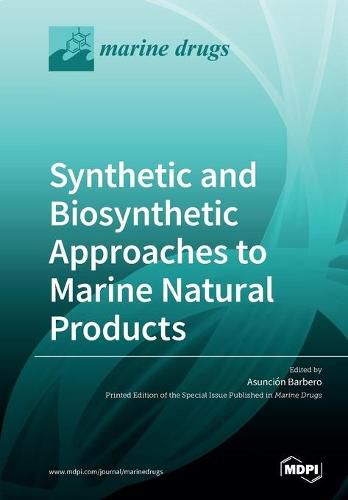Readings Newsletter
Become a Readings Member to make your shopping experience even easier.
Sign in or sign up for free!
You’re not far away from qualifying for FREE standard shipping within Australia
You’ve qualified for FREE standard shipping within Australia
The cart is loading…






This title is printed to order. This book may have been self-published. If so, we cannot guarantee the quality of the content. In the main most books will have gone through the editing process however some may not. We therefore suggest that you be aware of this before ordering this book. If in doubt check either the author or publisher’s details as we are unable to accept any returns unless they are faulty. Please contact us if you have any questions.
Marine natural products containing a heterocyclic moiety in their structure are present in a wide variety of sponges, corals, algae, and fungi. Many of them show important biological activities such as cytotoxic properties against several cancer cell lines. Their challenging chemical structures have attracted the attention of many researchers who have developed various synthetic approaches. This Special Issue presents some examples of new synthetic or biosynthetic methodologies to access this type of marine natural drug.
$9.00 standard shipping within Australia
FREE standard shipping within Australia for orders over $100.00
Express & International shipping calculated at checkout
This title is printed to order. This book may have been self-published. If so, we cannot guarantee the quality of the content. In the main most books will have gone through the editing process however some may not. We therefore suggest that you be aware of this before ordering this book. If in doubt check either the author or publisher’s details as we are unable to accept any returns unless they are faulty. Please contact us if you have any questions.
Marine natural products containing a heterocyclic moiety in their structure are present in a wide variety of sponges, corals, algae, and fungi. Many of them show important biological activities such as cytotoxic properties against several cancer cell lines. Their challenging chemical structures have attracted the attention of many researchers who have developed various synthetic approaches. This Special Issue presents some examples of new synthetic or biosynthetic methodologies to access this type of marine natural drug.